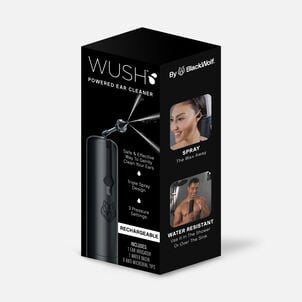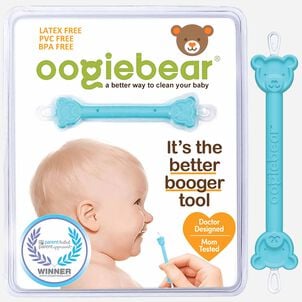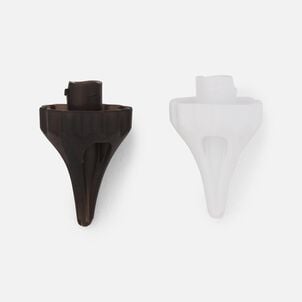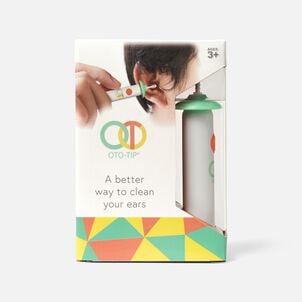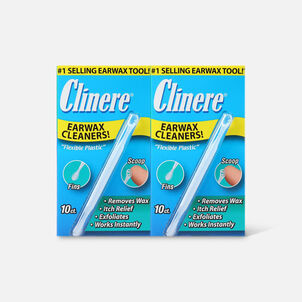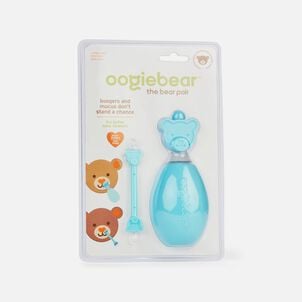The Complete HSA Eligibility List
Here it is — the most-comprehensive eligibility list available on the web. From A to Z, items and services deemed eligible for tax-free spending with your Flexible Spending Account (FSA), Health Savings Account (HSA), Health Reimbursement Arrangement (HRA) and more will be here, complete with details and requirements. Important Reminder: HSAs, FSAs, HRAs and other account types listed may not all be the same. Be sure to check with your administrator to confirm if something is eligible before making a purchase.
Here it is — the most-comprehensive eligibility list available on the web. From A to Z, items and services deemed eligible for tax-free spending with your Flexible Spending Account (FSA), Health Savings Account (HSA), Health Reimbursement Arrangement (HRA) and more will be here, complete with details and requirements. Important Reminder: FSAs, HRAs and other account types listed may not all be the same. Be sure to check with your administrator to confirm if something is eligible before making a purchase.
Ear Drops and Wax Removal: HSA Eligibility
Ear Drops and Wax Removal: eligible with a Health Savings Account (HSA)HSA Eligible Ear Care
What are ear drops?
Ear drops encompass a huge range of over-the-counter (OTC) and prescription medications that are designed to treat medical conditions that afflict the inner/outer ear and ear canal. These drops are typically used most often to treat or prevent ear infections, which occur in adults but most often in children whose Eustachian tubes are narrower, which make them more prone to blockages and poor drainage that can contribute to infections.
Ear infections are often not issues that arise on their own, but rather as a result from another illness like a cold, allergy or flu virus that leads to congestion and inflammation in the Eustachian tubes that can contribute to the accumulation of fluids in the ear. Additionally, ear infections can also be a result of a bacterial or viral infection such as swimmer's ear, and antibiotic ear drops are often used to alleviate this condition. Ultimately, ear drops should be used under the guidance of a doctor to first diagnose the source of the issue and choose the correct medicine to alleviate the issue (Healthline).
What are wax removal drops?
As opposed to medicated ear drops that are used to prevent or treat ear infections, wax removal drops are designed to help clear blockages in the ear canal caused by an overabundance of wax buildup that can lead to hearing issues and discomfort over time. Earwax, also known as cerumen, is the body's means of preventing dust, dirt and bacteria from entering the ear canal and these potentially harmful particulates are expelled from the ear normally through movements of the jaw. However, when blockages occur, this material is particularly difficult to remove and the most common extraction method of cotton swabs has the potential to damage the inner ear canal.
Wax removal drops are among the safest means of softening wax buildups in the inner ear so that they can drain out on their own as opposed to using cotton swabs and other implements that could rupture the inner eardrum. These products usually contain the active ingredient carbamide peroxide, which releases oxygen and foams inside the ear canal. About 5-10 drops are placed in each ear, which is allowed to set briefly and is then the excess wax is removed with cotton balls. If there is any difficulty, light suction with a bulb syringe can assist in extracting the remaining wax (WebMD).


